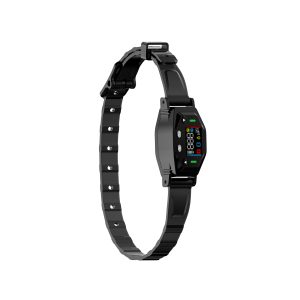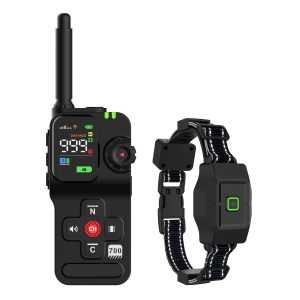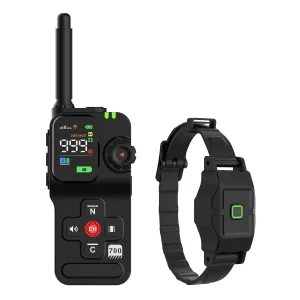How Bark Control Collars Work: A Detailed Analysis
Are you tired of your furry friend’s excessive barking? Fear not, as modern technology offers a solution in the form of bark control collars. These innovative devices have gained popularity for their effectiveness in training dogs to minimize barking behavior. But how do they actually work?
The Science Behind Bark Control Collars
Bark control collars operate on the principle of behavior modification through stimulus association. These collars are equipped with sensors that can detect vocalization or vibrations caused by barking. When your dog barks excessively, the collar delivers a stimulus—such as a mild static shock, vibration, or sound—to interrupt the behavior.
It’s essential to understand that bark control collars should be used as part of a comprehensive training program, emphasizing positive reinforcement and consistency. While these collars can be effective, they should be used responsibly and in conjunction with other training methods.
Types of Bark Control Collars
There are different types of bark control collars available, each with its unique features:
- Static Bark Collars: These collars deliver a mild static shock when the dog barks excessively.
- Vibration Bark Collars: These collars use vibrations as a deterrent to curb barking.
- Ultrasonic Bark Collars: Emitting high-pitched sounds only audible to dogs, these collars deter barking behavior.
Pros and Cons of Using Bark Control Collars
Like any training tool, bark control collars have their advantages and limitations:
- Pros:
- Effectively reduce excessive barking.
- Provide consistent correction for unwanted behavior.
- Can be a helpful tool in controlling nuisance barking.
- Cons:
- May not address underlying reasons for barking.
- Can potentially cause stress or anxiety in some dogs.
- Should be used under supervision and with proper training.
Understanding Your Dog’s Behavior
Before using a bark control collar, it’s crucial to understand why your dog is barking excessively. Dogs bark for various reasons, including boredom, territorial behavior, fear, or separation anxiety. Addressing the root cause of barking can lead to more effective training outcomes.
Final Thoughts
Bark control collars can be valuable tools in training your dog to curb excessive barking. However, they should be used responsibly and in conjunction with positive reinforcement techniques. Understanding your dog’s behavior and providing consistent training are key aspects of successful bark control. With patience and dedication, you can help your furry companion become a well-behaved and happy pet.




